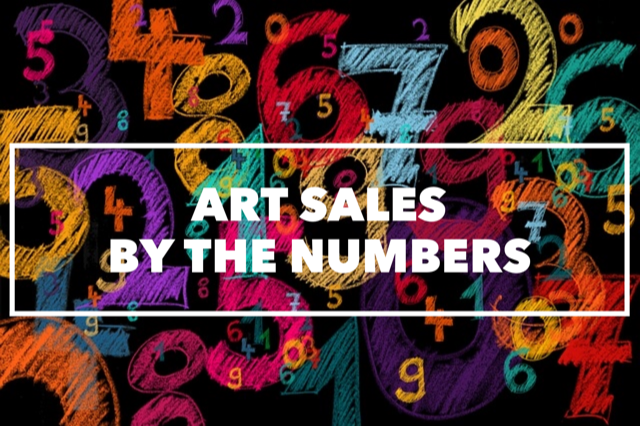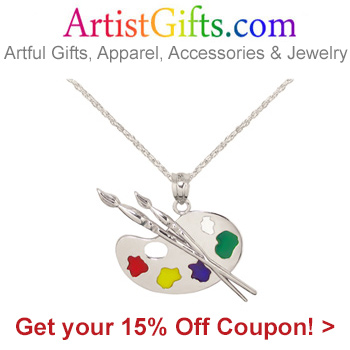by Carolyn Edlund
Sales is a numbers game. Here’s how to turn them in your favor.

Most people don’t want to buy your art. That’s simply the truth. Does it matter? Not really, because you don’t need most people to buy in order to earn a very good living as an artist. You only need a certain percentage of your audience to become collectors in order to succeed.
It takes concerted effort over time to cultivate leads, engage them multiple times, follow up, and negotiate if necessary before you close most sales. And statistically, a 20% close rate is very good. As you gain experience making sales of your art, you’ll get better at identifying the people who are your best prospects, and better at following through with them. That will improve your close rate.
It takes guts to get out there and promote yourself and your art. But it gets easier over time, and rewards can be significant. You don’t have control over other people, but what you can control are your own actions and reactions. One of the biggest determinants of success is sheer persistence. Over time if you simply keep going, you will gain traction. As you experience more success, take note of where it is coming from—then double down on what works.
Identify Your 20%
The 80/20 Rule (also known as the Pareto Principle) is an interesting concept stating that 80% of your outcomes result from 20% of your inputs. Have you observed that some marketing and sales activities give you far more “bang for your buck” than others? What are you doing that you know gets the best response? What activities have not been worth the effort? As you do your business planning, set goals and measure your results to identify strategies that produce the results you seek, which represent your 20%.
80/20 can show up in different ways. That 20% close rate mentioned earlier is one example. Quite often, business owners will notice:
- 20% of customers will provide 80% of your business
- Each year you will need to replace 20% of your customer base
- 80% of customer service headaches come from 20 percent of customers
The 80/20 Rule isn’t a magical formula. It’s based on trends observed over time across industries. You may relate immediately to some of these statements, depending on your business model. Learning more about and using this principle to prioritize your activities is a good way to get started. If you are ready to dive into strategies behind the principle, Perry Marshall’s 80/20 Sales and Marketing is a classic on the subject. Marshall makes the point that the Pareto Principle is actually a law of nature – and that the power of 80/20 can be leveraged. Your customer base is actually very unequal. He says:
If you have 30 customers, their capacity to spend money with you looks like this: The first customer generates 20 percent of your business, the next two largest give you the next twenty percent, and so on. The same principle of inequality applies to almost everything in your business.
As you learn what is working in your business (the 20%), take that further to pinpoint exactly what works best for you (the 20% of your initial 20%) to hone your approach and laser focus on them.
Let go of the 80%
When you have identified a prospect, you’ve got to be ready to put in the work required to follow up and close them if you can. That will happen some of the time, but you must know where to spend your energy. Wouldn’t you rather hear “No thank you, I’m not interested” and take that person off your list than let follow ups drag on that end up with nothing? Getting rejected is not always a bad thing. It helps you clear out the 80% (your non-customers) to focus instead on the best opportunities.
Have you been using the same strategies over and over, no matter the results? Or have you observed what works best to drive income, and adjusted your art marketing activities to take advantage of that knowledge? As you come to know your 20%, you can spend your time closing more and bigger art sales.


Speak Your Mind